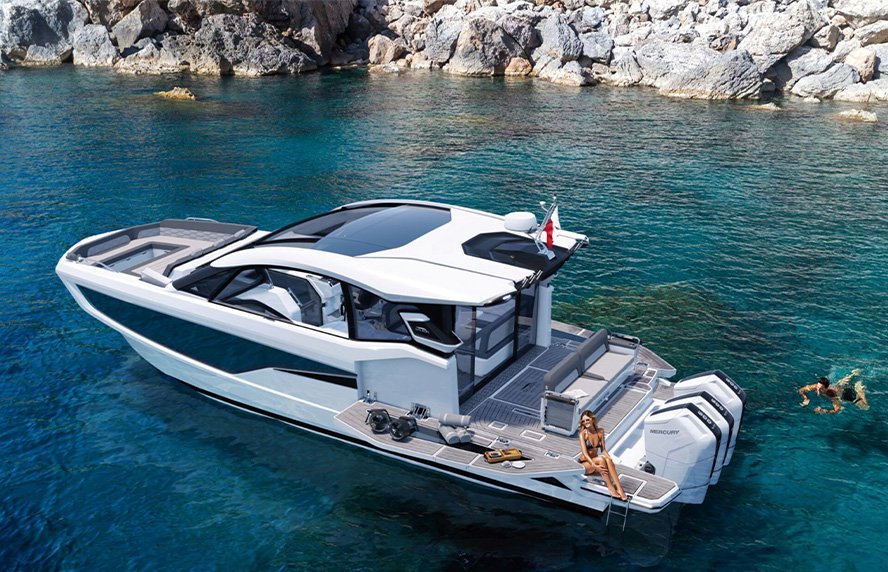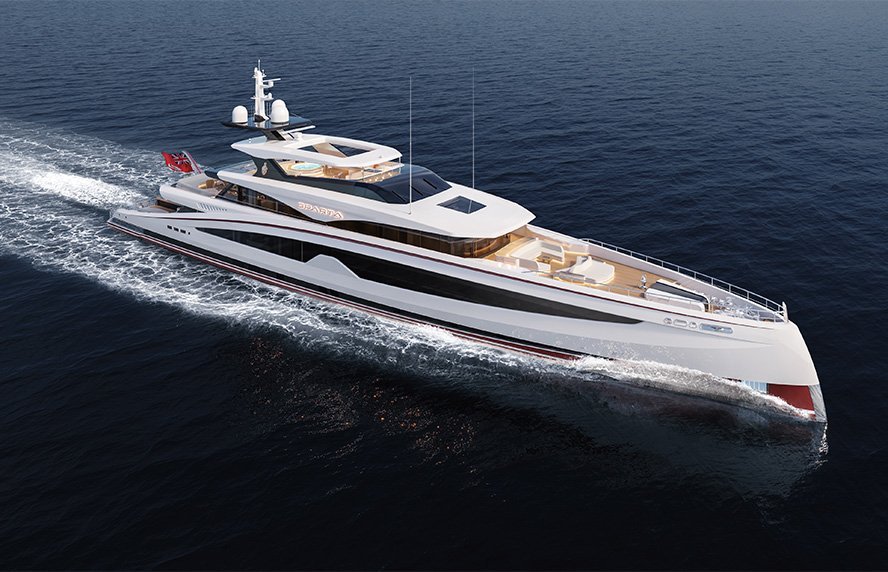
P.
Fernando Guerra
Villa Pernoi
Which spaces and materials cannot be omitted outdoors?
It depends on the context of the project. There are cases with large gardens. Others where there is no intervention outside, maintaining the natural or pre-existing space. But it can also make sense for the green to be replaced by an aggregate, or even debris from a previous construction, if, in that case, it makes sense. However, in our projects, there is an increasingly prevalent idea, which is, as far as possible, to endeavour to use natural resources and native solutions, with particular care for the management of water, which is a scarce and precious commodity.
Because it's not just the interior that is the soul of the project, right?
Of course not. Some projects are designed from the outside. Some of our houses have a courtyard as a central space for light, shade, airing and, above all, living. The Libre house is the most recent of such examples. In the Bonança house, one of our best-known projects, an adaptation of an old warehouse in the historic centre, an unusual solution is used, which is to remove part of the building's roof, leaving the trusses exposed, in order to provide the house with an exterior space, but contained, of great intimacy, to which the rooms extend, in terms of use. The idea of designing the house around a void has made that void the soul of the house, its most iconic and experienced space. Thus, in a dense urban space, the centre of the house is created from something non-existent, to satisfy a way of living in this southern climate. And after all, you don't even realise what is outside and inside. The house is all of that. It is architecture.
What makes it more or less exciting for you to create a project? Is this emotion reflected in the project and in the client's experience of the house?
Architecture has to be created with emotion and passion, otherwise it becomes something insipid and meaningless. A project must begin with an idea, with a roadmap and a series of conditioning factors that shape its development. A project is like a labyrinth. Starting from an initial idea, we look for ways out and solutions to achieve the goal. But sometimes we find unexpected ways out, with surprising results. This is one of the attractions of architecture.












